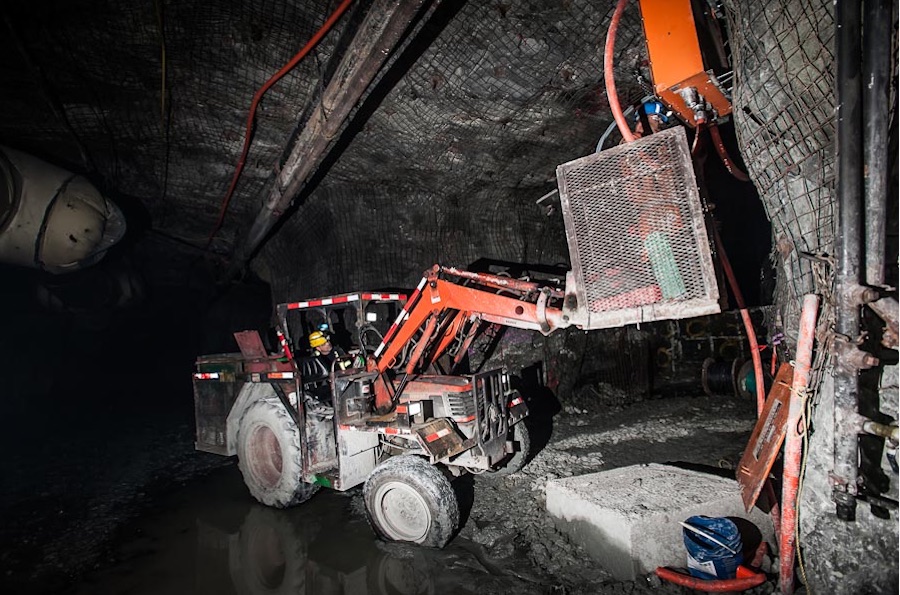
Richmont Mines (TSX:RIC) wants to go deeper in search of gold at its Island gold mine in northeastern Ontario, and now has a business case to back that up.
The Toronto-based miner released an expansion-case preliminary economic assessment earlier this week, and all indications are the PEA supports Richmont’s plan to increase the underground mine and mill productivity from 900 to 1,100 tonnes a day. The higher throughput would support a 22% bump in production growth over eight years at a cost of $28 million.
The objective of the PEA was to consider the most cost-effective way to mine the resources, over four mining horizons, to a maximum depth of 1,000 metres below surface using the current dual-ramp system.
“The strong outcome of the Expansion Case PEA represents a key milestone and the next step in our phased approach to unlock the full potential of the Island Gold Mine. With minimal capital we are positioning the mine as a low cost operation that is anticipated to generate strong cash flow streams after funding all project and sustaining capital,” CEO Renaud Adams said in a press release.
He added that the PEA is the first step in a multi-phased plan to grow production in order to keep the mine producing for over 10 years. All-in-sustaining costs (AISC) have been set at about US$620 per ounce.
Richmont’s stock jumped as high as $10 a share on Monday on the news, before slipping back to $9.86 in afternoon trading Thursday. The $622-million market cap company is up 11.7% year to date.
The objective of the PEA was to consider the most cost and capital-effective way to mine over four horizons, to a maximum depth of 1,000 metres below surface using the current dual-ramp system.
According to Richmont, the 1,100 tonnes per day target is underway and is expected to be reached in late 2018. The mine is expected to produce an average 125,000 gold ounces a year (excluding ramp-up in 2017 and 2018) or 115,000 ounces over the eight-year plan outlined in the PEA.
The company notes there is ample room for expansion, since the PEA only included 24% of the inferred resources, meaning over 750,000 inferred ounces were excluded from the calculations. Nor does it include promising drill results found laterally to the east and below 1,000 metres.
“All resources outside the main area of interest, below the 1,000 metre level and east of the PEA area, were excluded but will eventually be considered in a potential Phase 2 expansion as we continue to grow the resource inventory through our strategic drilling programs,” says Richmont.
The mine currently has proven and probable reserves of 752,000 ounces with an average grade of 9.17 grams per tonne.
Richmont currently produces gold from its Island gold mine in Ontario and its Beaufort mine in Quebec, and also operates the Camflo mill in Quebec.
Since 1991 the company has operated seven mines (6 underground, one open-pit) in Quebec, Newfoundland and Ontario producing in total 1.5 million ounces.